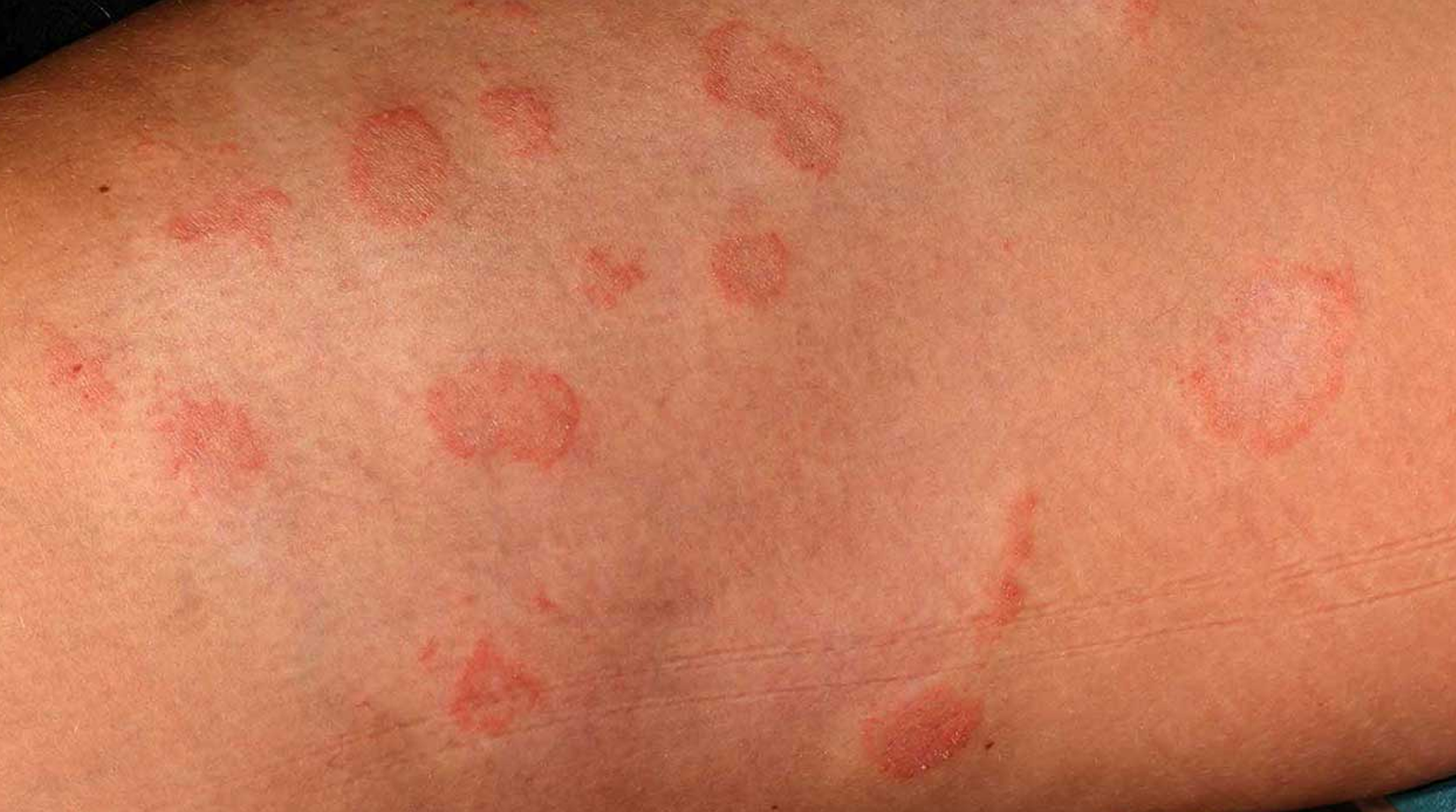
What is it?
Fungal infection, also called Mycosis, is a skin infection caused by a fungus that attacks the tissue of a particular area of the skin first. Then it spreads to other parts of the body like other tissues, bones, and organs, and in some cases, it even affects the whole body.
These skin infections usually occur in the damp areas of the body, like the feet or armpit. They are usually non-contagious and not life-threatening.
A fungus can survive anywhere, in the air, water, soil, and plants. Some of them actually exist within the human body naturally and they are usually beneficial. The harmful fungi, when they enter the body, are difficult to kill. This is because they can survive in any environment and will re-infect a recovering patient.
Symptoms
The symptoms of a fungal infection depend on the affected area and the type of fungal infection. The common symptoms are:
|
|
|
|
|
|
Types of Fungal infection
There are different types of fungal infections that can affect the human body. Some of them are:
- Athlete's Foot (Tinea Pedis): affects the foot and is usually associated with athletes as the fungus can grow perfectly in the warm and moist environment found in socks, shoes, sports equipment etc. It is common in warm climates. Its symptoms include:
- Blisters or redness in the affected area
- Affected skin becomes soft and the layers might break down
- Peeling or cracking skin
- Scaly skin that peels away
- Itching, burning and stinging sensation in the affected area
- Ringworm (Tinea Corporis): is caused by the fungus living in the dead tissues of hair, skin, and nails and can appear anywhere on the body. Its symptoms include a red patch that might be itchy or scaly and often becomes a raised, ring-shaped patch of skin after some time. It is contagious.
- Yeast Infection: is usually found in women and vaginal yeast infection is a common type. It occurs due to Candida overgrowth that can cause an imbalance in the presence of bacteria and yeast in the vagina. Its symptoms include:
- Vaginal itching and swelling
- Burning sensations while urinating or intercourse
- Redness and soreness in the area around the vagina
- Unusual vaginal discharge
- Jock Itch (Tinea Cruris): is a common fungal skin infection and is usually found in the moist areas of the body, like the groin, buttocks, inner thighs, especially in summer. It is mildly contagious and can spread through direct contact with the infected person or object with the fungus. Its symptoms include:
- Redness in groin, buttocks or thighs
- Chafing, irritation, itching in the affected areas
- Red, circular shape with raised edges
- Cracking, flaking or dry peeling of the infected area’s skin
Treatment
The doctors decide on the treatment option depending on the type of fungal infection. If it is a superficial infection, which is just skin deep, then it might take only a few days or months to heal. But if it is a deep fungal infection, it might take a couple of years to be treated.
Treatment Options
The doctors might recommend the following treatment options:
- Anti-Fungal Medications: are applied directly to the infected area, affecting both skin and nails. These medications cause damage to the walls of the fungi’s cells causing their death. The different antifungal medications are:
- Antifungal medicines
- Antifungal creams, liquids or sprays
- Antifungal shampoo
- Antifungal medicines are taken orally
- Antifungal injections
- Home remedies
These are ingredients that are a great help to treat less serious fungal infections:
- Plain yoghurt
- Coconut oil application
- Apple cider vinegar
- Eating Garlic


